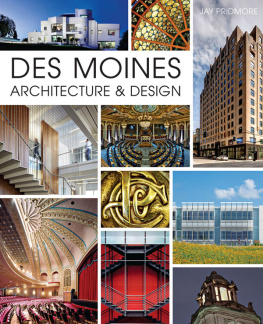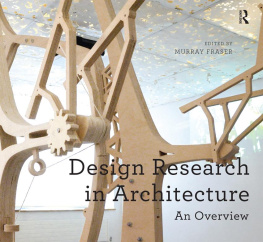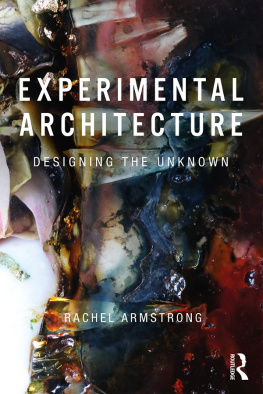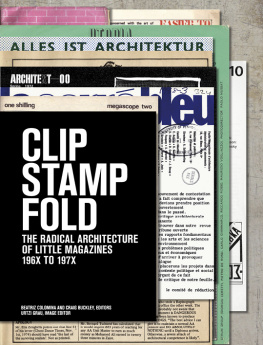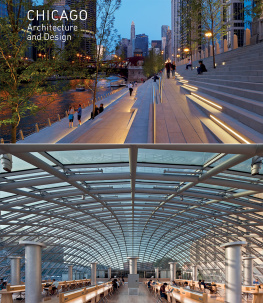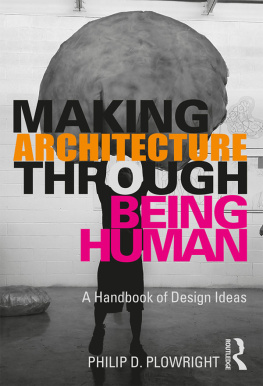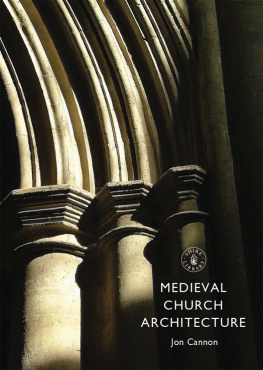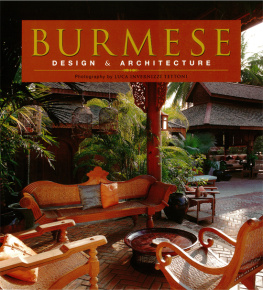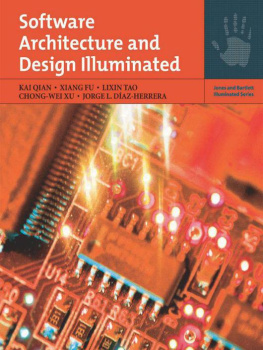Anti-Ugly
Excursions in English Architecture and Design
Gavin Stamp


First published in 2013
by Aurum Press Ltd, 7477 White Lion Street, London N1 9PF
www.aurumpress.co.uk
This eBook edition first published in 2013
All rights reserved
Copyright Gavin Stamp 2013
Gavin Stamp has asserted his moral right to be identified as the Author of this Work in accordance with the Copyright Designs and Patents Act 1988.
This eBook is copyright material and must not be copied, reproduced, transferred, distributed, leased, licensed or publicly performed or used in any way except as specifically permitted in writing by the publishers, as allowed under the terms and conditions under which it was purchased or as strictly permitted by applicable copyright law. Any unauthorised distribution or use of this text may be a direct infringement of the authors and publishers rights, and those responsible may be liable in law accordingly
eBook conversion by CPI Group
ISBN 978 1 78131 217 9
Contents
Foreword
A rchitecture is the only art you cannot escape. We can go through life oblivious to music, of painting, of sculpture, but buildings have a profound effect on the way we live, work and feel. Yet it is difficult to find places to write about them seriously. Newspapers grudgingly acknowledge architecture but are more interested in what a building costs than in who was responsible for the way it looks, and why. And as architects decline to criticise each other and shelter behind jargon and professional exclusivity, the architectural journals do not engage with the wider public. Architectural criticism is less well established than art or literary criticism, and critics enamoured of the new often have no interest in or knowledge of the old. As for architectural history, it can be an esoteric and dull business. All of which makes Apollo magazine, in which I have written about architecture both new and old for almost a decade, an admirable and precious publication.
As a freelance architectural historian, I once wrote for newspapers and weekly journals for my bread and butter. One doesnt keep journalism, does one? Sir John Summerson once remarked. It is true that most journalism is ephemeral and much of it hastily and thoughtlessly composed, although that cannot be said of the journalism produced by this great architectural historian and writer. One of his earliest articles in the Scotsman in 1930 imagining the Edinburgh of the future (mercifully unrealised) as a glittering spectacle of steel, glass and concrete is often still quoted. Summersons career, indeed, suggests that journalism can be good training for producing readable architectural history and criticism.
It depends in part on the publication. Articles dashed off overnight for a newspapers deadline are different from pieces written for a regular column or commissioned by a specialised journal. In the case of Apollo, the International Art Magazine, there is more time for reflection as it appears only monthly. And we authors know that Apollos readers are serious and informed. I therefore like to think that my regular column on architecture in the magazine encourages me to ponder, research and write as best I can. The results are, I hope, worth keeping.
The articles reprinted here are almost half of those I wrote for Apollo between 2004 and 2013. A criterion for selecting them was that they should be about England (very occasionally about Britain) or Englishmen. My thoughts on architecture and art abroad in Berlin, St Petersburg, Budapest, Malta, Istanbul, New Delhi, Bombay and elsewhere must remain, for the moment, in back numbers of the magazine. Rereading my articles to make this selection made me realise that many are, to a degree, autobiographical but I hope this may be forgiven. I have been writing about buildings for over forty years and it is natural that in my pieces for Apollo I draw upon personal enthusiasms and experiences.
The articles here reflect my love of churches, both ancient and modern, and many of the articles were the result of my continuing interest in and enthusiasm for Victorian architecture, acquired at an early age (I am proud to record that I joined the Victorian Society when still, just, at school because of the threat to St Pancras Station). Out of this came my long-standing interest in the work of the Scott dynasty: in the great Sir Gilbert, in his brilliant tragic son, George Gilbert Scott junior, in his son, the great Sir Giles, and in his son Richard, an underrated talent and a dear friend. I have also never lost my enthusiasm for the monumental, sublime architecture of Nicholas Hawksmoor, to whose London churches I think I was first pointed, again as a schoolboy, by Nairns London, an inspiring book by that great eponymous architectural journalist: Ian Nairn. From that followed my admiration for the work of the greatest of English architects, Sir Edwin Lutyens.
Some articles are the result of other long-standing enthusiasms: for railways still the most civilised and enjoyable form of transport and railway stations; for war memorials and in the melancholy, sublime architecture of the memorials and cemeteries of the Great War which grew out of my passion for Lutyens. It is sad, perhaps, that war memorials remain a topical subject as so many too many, mostly of deplorable quality have been erected in Britain in the last couple of decades: a phenomenon which may well engage and puzzle future historians. They deserve comment as they are, by their nature, public monuments and public art and sculpture require more attention than they usually receive. In this context I have written about the work of Alexander Stoddart, the modern Classical sculptor who I regard as an artist of rare skill and of genius. For this I make no apology, for although he is a Scot his work is to be seen in London and elsewhere in England.
Re-reading what I have contributed to Apollo, I am surprised that there is so little about Scotland where I lived and worked for over a decade. There is nothing, for instance, about another architect-hero, Alexander Greek Thomson of Glasgow, but I conclude that when I came back home to England in 2003 I had banged on long enough about Scottish matters and was, as it were, written out on the subject. In consequence, much of what I have written for the magazine concerns English architecture and English concerns: hence the subtitle of this book, Excursions in English Architecture and Design. After all, I cannot help being English myself, and am decidedly not a Brit.
My first article in Apollo, in May 2004, was an opportunity to rehearse the scandal of the mutilation and desecration of one of the great Mediaeval buildings of Europe, Kings College Chapel, perpetrated when I was an undergraduate in Cambridge and still not rectified. On the whole, however, architecture has greatly improved over the intervening decades, becoming more varied, better made and sometimes more influenced by tradition. I cannot, however, join in the current glass-worship which operates at the expense of other more important architectural qualities. It has been extraordinary to see how Modernism, once shoddy but altruistic, has morphed into the vulgar style of arrogant capitalism. Nevertheless, over the same period, the fight for conservation (of the ordinary as well as of the best, in all styles and of any date) and for a less destructive approach to urban development would seem to have been won as symbolised by the resurrection of once-doomed St Pancras (never could I have imagined when I first saw the despised and neglected Victorian Gothic hotel that, over forty years later, I would stay overnight in the magnificently restored building prior to its triumphant reopening) although, at the time of writing, what with the ruthless economies being imposed by an ideologically-driven government on English Heritage as well as on local authorities, the future for many historic buildings looks bleak and more big battles may come.


